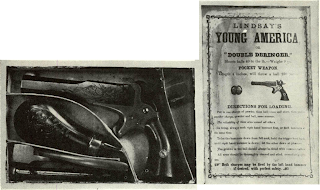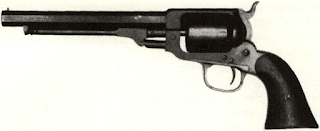The welter of assorted and sordid revolvers which
On May 15, , Ordnance bought by purchase
Concluding on February 28, , Whitney in all
Early examples have a curious cylinder stamping
Whether Colt and Whitney vied for some odd contract, and the Whitney was preferred, is the only hint
On May 15, , Ordnance bought by purchase
Concluding on February 28, , Whitney in all
Early examples have a curious cylinder stamping
Whether Colt and Whitney vied for some odd contract, and the Whitney was preferred, is the only hint


Comments
Post a Comment